Questões sobre Gramática
Lista completa de Questões sobre Gramática para resolução totalmente grátis. Selecione os assuntos no filtro de questões e comece a resolver exercícios.
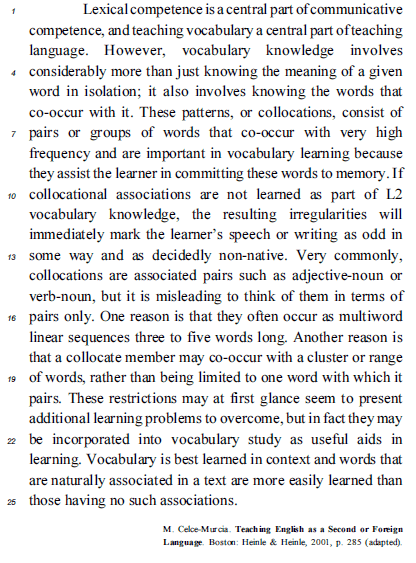
Based on the text above, it is correct to affirm that
collocations represent a more advanced type of word knowledge that should be left to higher-level students who are enhancing and consolidating vocabulary learned.
- C. Certo
- E. Errado

Based on the text above, judge the items from 84 through 98.
There is a syntactical incoherence in the first sentence, since few (l.1), which is used for countable nouns, and much (l.2), used for uncountable, are used simultaneously.
- C. Certo
- E. Errado
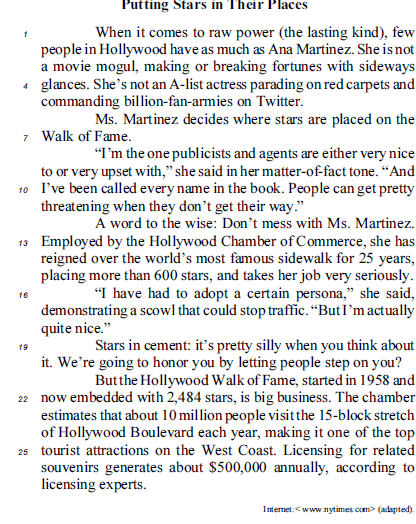
Based on the text above, judge the items from 84 through 98.
In line 9, matter-of-fact is spelt with hyphens to indicate it is an adverb modifying tone.
- C. Certo
- E. Errado
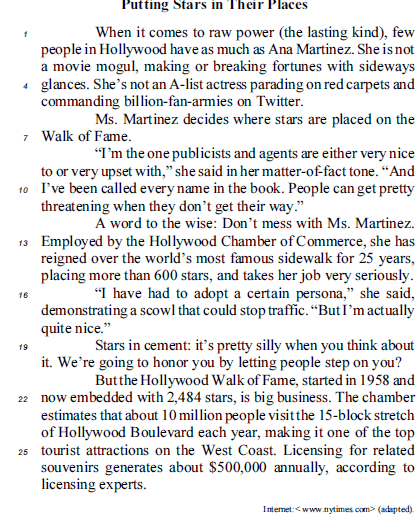
Based on the text above, judge the items from 84 through 98.
In line 12, Dont mess with Ms. Martinez. is a piece of advice made more emphatic by the use of the imperative.
- C. Certo
- E. Errado
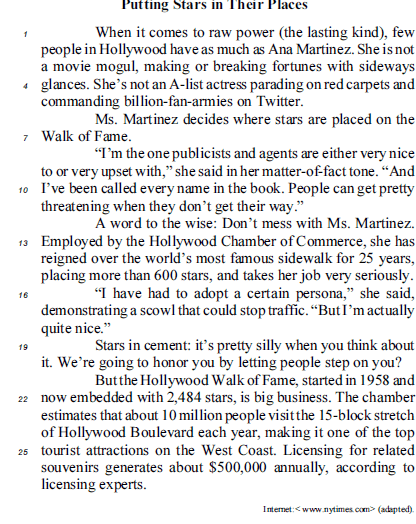
Based on the text above, judge the items from 84 through 98.
Employed (l.13) is a verb in the past tense.
- C. Certo
- E. Errado
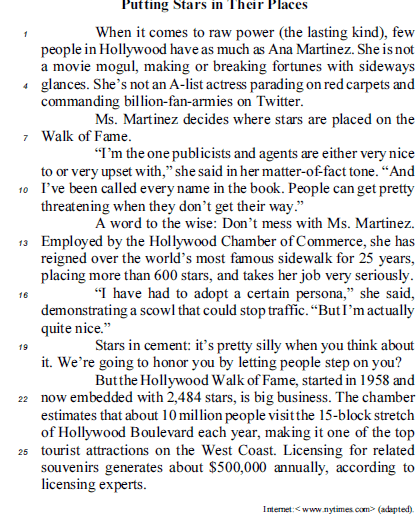
Based on the text above, judge the items from 84 through 98.
The excerpt she has reigned over the worlds most famous sidewalk for 25 years (l.13-14) is an example of the use of present perfect continuous.
- C. Certo
- E. Errado
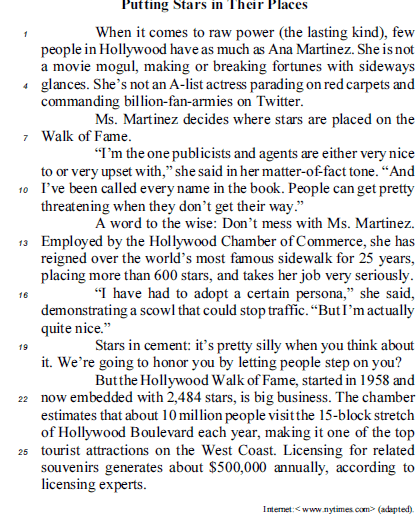
Based on the text above, judge the items from 84 through 98.
Adapted from the excerpt its pretty silly when you think about it (l.19-20), the following is a correct question-tag construction: its pretty silly when you think about it, dont you?
- C. Certo
- E. Errado
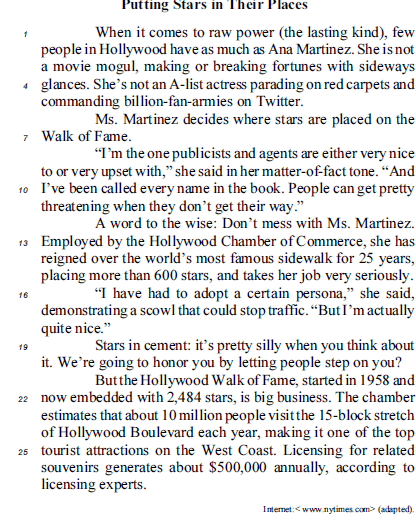
Based on the text above, judge the items from 84 through 98.
The preposition in in the fragment in 1958 (l.21) can be replaced by on without this constituting a violation of any syntactical rule.
- C. Certo
- E. Errado
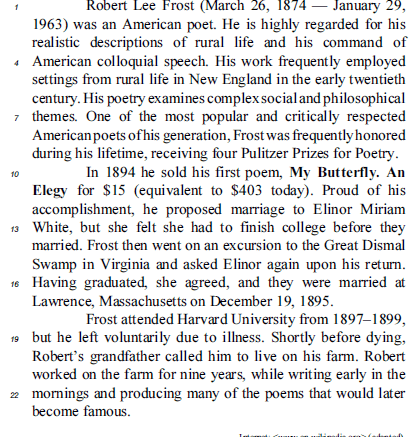
Based on the text above, judge the items from 99 through 106.
The words highly (l.2), frequently (l.4) and critically (l.7) are examples of adverbs.
- C. Certo
- E. Errado
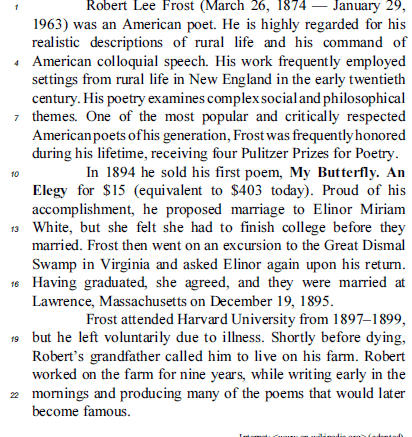
Based on the text above, judge the items from 99 through 106.
The adverb then (l.14) indicates, in this context, in that time.
- C. Certo
- E. Errado


